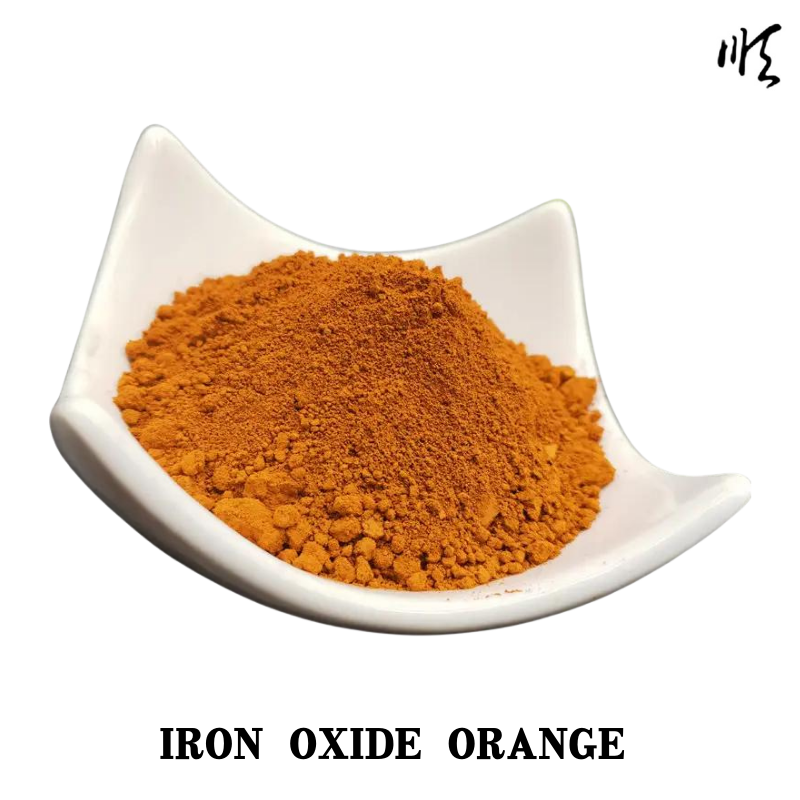
Using Hydrated Lime to Effectively Manage Sewage Spills and Their Environmental Impact
Hydrated Lime for Sewage Spill Management An Effective Solution
Sewage spills are significant environmental and public health hazards. They can contaminate water sources, pollute soil, and create unsanitary conditions that may lead to disease outbreaks. In responding to such incidents, various methods and materials are utilized to mitigate their effects. One of the most effective and widely used agents in managing sewage spills is hydrated lime.
Hydrated lime, chemically known as calcium hydroxide (Ca(OH)₂), is produced by adding water to quicklime (calcium oxide, CaO). This white powder has numerous applications across industries, ranging from construction to wastewater treatment. Its effectiveness in addressing sewage spills is particularly noteworthy and stems from its unique chemical and physical properties.
Hydrated Lime for Sewage Spill Management An Effective Solution
Additionally, hydrated lime plays a crucial role in odor control. Sewage spills often exude unpleasant odors due to the presence of volatile organic compounds and decaying organic matter. The application of hydrated lime can suppress these odors by promoting the degradation of organic materials, thereby improving air quality in the vicinity of the spill. This is particularly important for urban areas where such incidents can lead to significant public nuisance and dissatisfaction.
hydrated lime for sewage spill

Moreover, hydrated lime is cost-effective and readily available, making it a practical choice for emergency response teams dealing with sewage spills. Its application is straightforward; it can be mixed with water to create a slurry or spread in powder form over the contaminated area. This flexibility allows for rapid deployment and treatment, which is essential when managing time-sensitive spills.
Another significant advantage of using hydrated lime is its ability to inhibit the growth of bacteria and other microorganisms. By increasing the pH of the sewage spill, hydrated lime creates an unfavorable environment for many pathogens, effectively limiting their proliferation. This property helps not only in immediate response but also aids in long-term site recovery by fostering the conditions necessary for beneficial microbes to thrive, thereby accelerating the natural remediation processes.
However, while hydrated lime is effective, it is essential to apply it with care. Excessive use can result in over-alkalization, which can have deleterious effects on the surrounding ecosystem. Therefore, environmental assessments should guide reclamation efforts to determine the appropriate amount of hydrated lime needed for a given situation.
In conclusion, hydrated lime is an invaluable tool in the management of sewage spills. Its ability to neutralize acids, control odors, suppress pathogen growth, and promote environmental recovery makes it a preferred choice for many environmental agencies and response teams. Despite its advantages, responsible use is crucial to avoid potential adverse effects. As we strive to better protect our environment and public health, the application of hydrated lime in sewage spill remediation highlights the importance of using effective and sustainable practices in environmental management.
Share
-
Premium Pigment Supplier Custom Solutions & Bulk OrdersNewsMay.30,2025
-
Top China Slag Fly Ash Manufacturer OEM Factory SolutionsNewsMay.30,2025
-
Natural Lava Rock & Pumice for Landscaping Durable Volcanic SolutionsNewsMay.30,2025
-
Custom Micro Silica Fume Powder Manufacturers High-Purity SolutionsNewsMay.29,2025
-
Custom Mica Powder Pigment Manufacturers Vibrant Colors & Bulk OrdersNewsMay.29,2025
-
Custom Micro Silica Fume Powder Manufacturers Premium QualityNewsMay.29,2025






